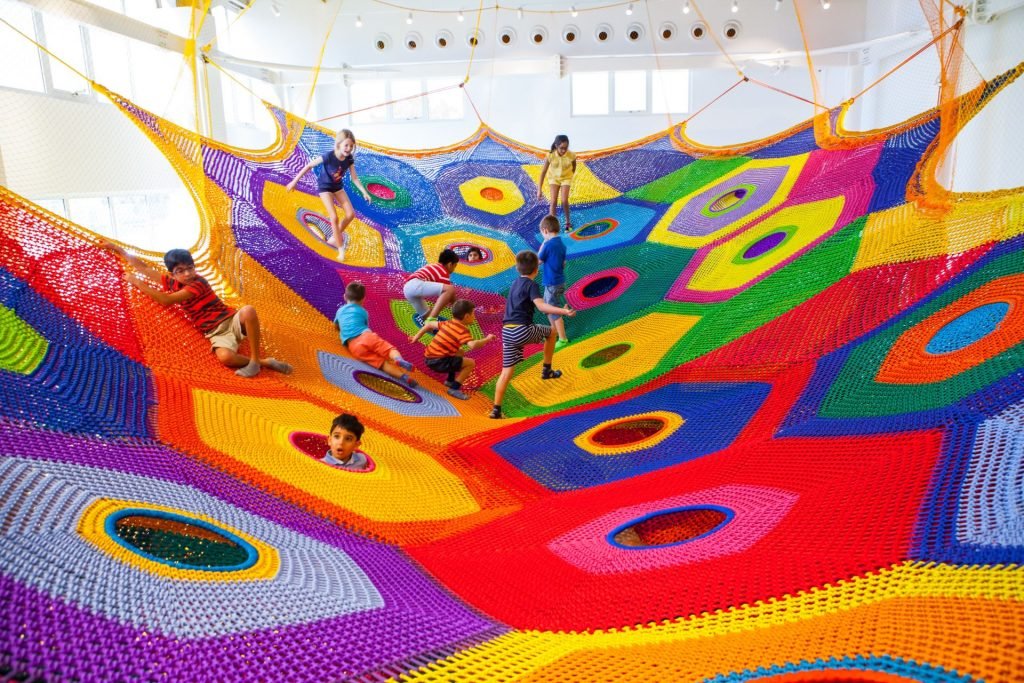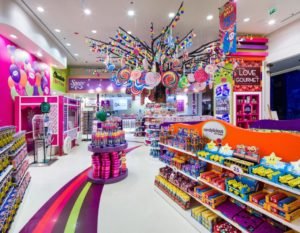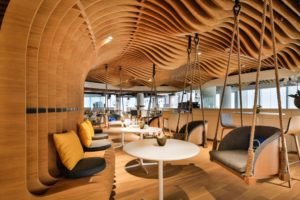Funny thing about children, they always seem to assume the rules of just about anything, don’t apply them. Screaming just about anywhere because there’s no reason to assume the presence of other people. Chocolate cake for breakfast, lunch, and dinner is a perfectly acceptable diet plan. And of course, coloring an apple purple or a banana blue is perfectly in order.
When it comes to design or any creative domain, we’re often made to work within a set of constraints that limit the creative output of our work. Between what we form in our minds to what goes on the drawing board is a filter formed by expectations, biases and past experiences that hold back what we envision. But kids tend to not be held back by these. As bizarre as a purple apple sounds, it’s nice to not worry about the judgment that follows poor color choices.
In the midst of a debate over the best way to redesign a room, a 10-year-old boy decides to throw in his two cents. Ignoring the requests for a Star Wars themed room, a wall-sized TV for his PlayStation, and a zip line to his imaginary treehouse, there’s something to be learned from his wishlist. As impractical as the ideas seem, it’s important to patiently hear them out. The unbridled imagination and the openness of a child can be just the inspiration we need sometimes to spark an innovative idea.
Here’s what I picked up during my intellectually stimulating conversation with that 5th grader.









